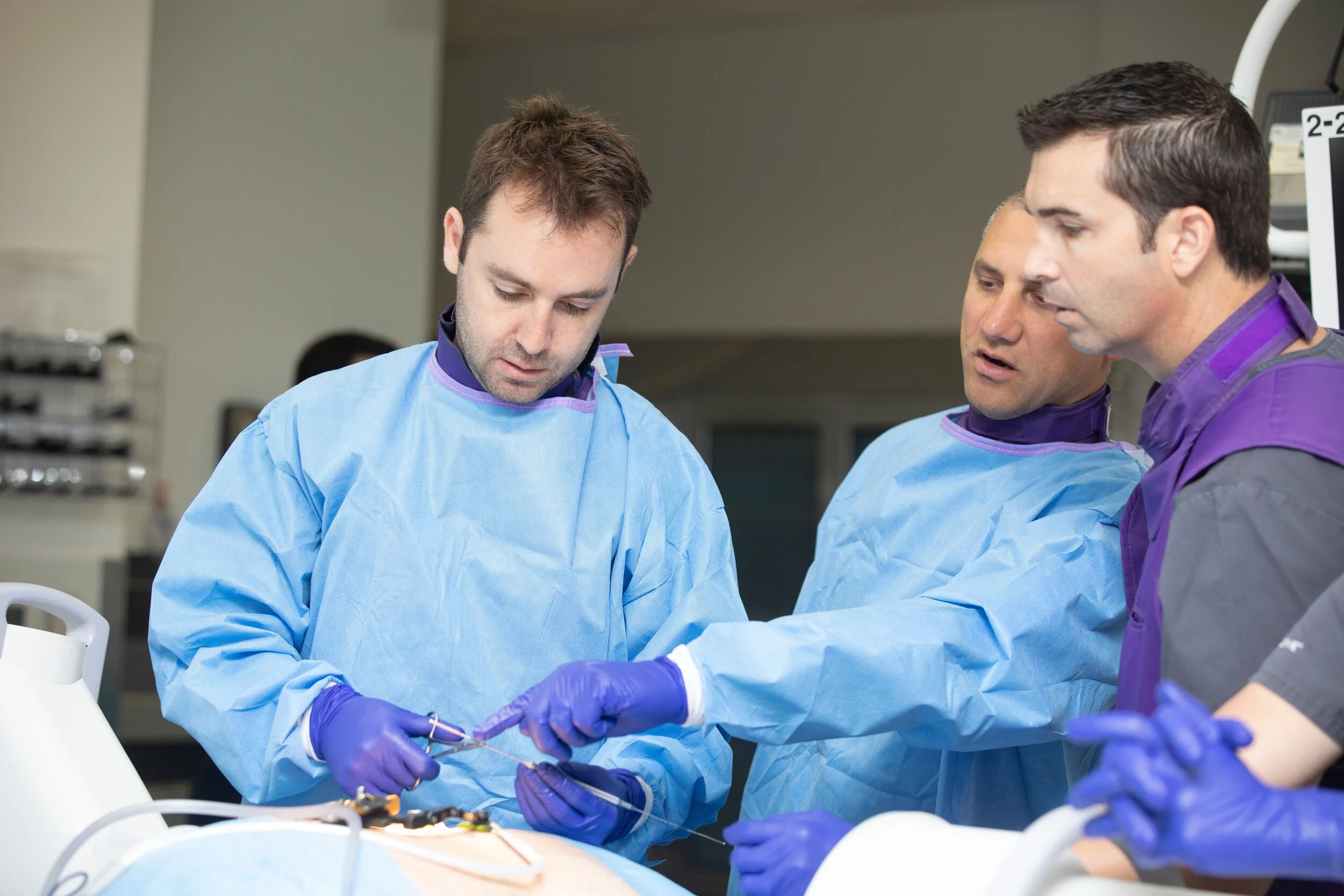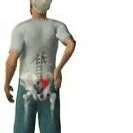Dr Nitin Khanna presented his data at the Society for Minimally Invasive Spine Meeting 2020 on radiographic results with use of an expandable minimally invasive lumbar fusion device. The paper discusses the importance of minimally invasive cage position and presents a classification system to evaluate correct placement. His clinical results demonstrate 100% of cages placed in the A or B position.
Read MoreWith SI joint dysfunction and low back pain are common in the worker’s compensation claims Dr. Khanna assessed 15 work comp patients were accessed for return to work timeframe.
Read MoreThere have been many previous studies looking at the placement of freehand standard trajectory pedicle screws, compared with robotic navigated placement. But, this is the first paper that has looked at revision rates for malpositioned cortical screws.
Read MoreI see myself and my staff as your partner in a worker’s compensation, navigating the complex requirements of the industry. I have a dedicated Workers’ Compensation team that is ready to assist in making the injury and claim management process as smooth as possible. And I know worker’s comp means questions! Here are a few common ones my patients ask.
Read MoreDr. Nitin Khanna will be presenting this weekend at the virtual MISS 2020 Annual Forum the following:
SI joint dysfunction can be a difficult to diagnose cause of low back pain
Diagnosis is key to effective treatment
Dr Nitin Khanna has published his clinical results on the safety and reproducibility of SI Joint Fusion
With October designated as Breast Cancer Awareness Month, it is the perfect time to talk about breast cancer and spine surgery. Breast cancer is by far the most common disease in women. Metastatic breast cancer remains an incurable disease, with the spinal column one of the most likely areas to be affected by metastases. Many times, involving a spine care surgical specialist significantly extends patient survival time.
Read MoreRecently I gave a webinar attended by worker’s compensation nurse case managers and adjusters on “Safety in Spine Surgery During the Covid Era.” There are many important COVID and safety issues that are, and will continue to, impact Worker’s Comp case management. A few highlights from the talk are below, including important statistics to serve as spine care decision making tools.
Read MoreToday we observe World Mental Health Mental Day. Unfortunately, mental health of spine patients is not something often addressed when treating a patient. Yet it is an aspect of care that each physician should take into consideration, especially when treating patients with a spinal injury.
Read MoreAlmost everyone will have a minor back or neck problem at one time in their life. And, generally, the movements of our body do not cause problems. It is the not surprising everyday wear and tear, overuse &/or injury cause pain symptoms to surface. Back problems and injuries also often occur during sports, recreational activities, work-related tasks or various home projects.
Read MoreDid you know September is Pain Awareness Month? This month we focus on education around the various aspects of acute and chronic pain, pain management and pain treatment.
Read MoreOnce only a futuristic thought, augmented reality in surgery may be upon us sooner than you think. The days of robots, scanners and headsets feeding doctors information to drive safety for spine surgical patients is here. Augmedics has released the first FDA approved augmented reality technology to allow spine surgeons to now see the entire spine through the surface of the patient.
Read MoreThe importance of providing a safe environment for patients has taken on new meaning in the era of COVID-19. And, while I have previously written extensively on safety in spine surgery, the process and procedures become even more crucial to providing reproducibly good surgical outcomes for patients, with low complication rates.
Read MoreOrthopaedic surgery mask requirements may be more specialized due to the physical nature of many of the specialty’s procedures. This article provides a general overview of different medical mask options. As published in AAOS Now.
Read MoreThere are many aspects to preparing for back surgery, especially in this time of cautious return to elective surgery. Not all patients need every component. Every patient can benefit from putting together a set question and prep list. This is an incredibly helpful tool for patients and your doctor.
Read MoreNeck pain associated with arm numbness and pain (cervical radiculopathy) are a common reason a patient seeks help. Many times this neck and arm pain can also accompany weakness or difficulty manipulating the fingers to do common tasks, such as buttoning a shirt. Most patients see significant improvement through nonsurgical methods including medications, physical therapy, targeted pain injections and time. However, when these do not improve symptoms, surgery may need to be considered.
Read MoreThe more virus particles you are exposed to, the more likely you are to become infected. Therefore, it stands to reason that the more people we encounter, the higher our risk of virus transmission. Shopping for groceries is when people will likely encounter the highest number of people during the pandemic. So, are you safe when shopping? What about if you need to have surgery?
Read MoreThe trauma of a workplace injury is challenging and stressful, especially when you cannot go into your doctor’s office or receive in-person treatments. It is my goal to do all I can to relieve as much stress as possible from this process by working with you to keep you on the path to recovery. Injured workers continue to receive priority treatment by my team in telemedicine scheduling. I will perform as detailed an examination as possible, in order to evaluate necessary diagnostic testing and the most effective course of treatment. Here are some FAQs regarding treatment during COVID-19.
Read MoreThe three-part webinar series features a panel discussion with Dr. Han Jo Kim, Dr. David Okonkwo, Dr. Nitin Khanna, and Dr. Bobby Kalantar on ‘the road to recovery’ and how we move forward and provide care to those in need. In part 2, the panel discusses important considerations to OR protocols, patient selection and sentiment—and other important operational measures.
Read MoreThe three-part webinar series features a panel discussion with Dr. Han Jo Kim, Dr. David Okonkwo, Dr. Nitin Khanna, and Dr. Bobby Kalantar on ‘the road to recovery’ and how we move forward and provide care to those in need. In part 1, the panel discusses critical success factors for re-opening and providing care to patients, including specific considerations from the panel and their respective health systems.
Read MoreDr. Khanna recently published an article in the International Society for the Advancement of Spine Surgery as a call to action for a safe return to elective orthopedic surgery in this new era of COVID-19.
Read More


















